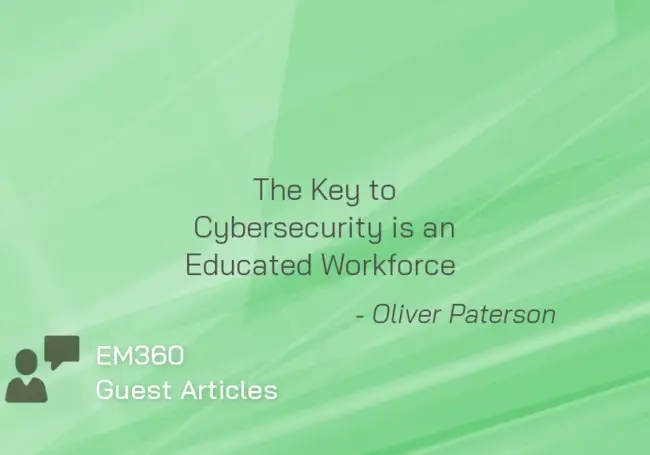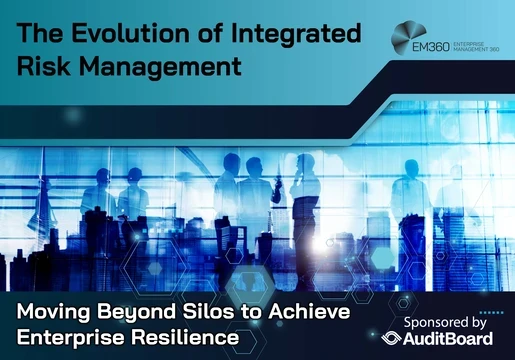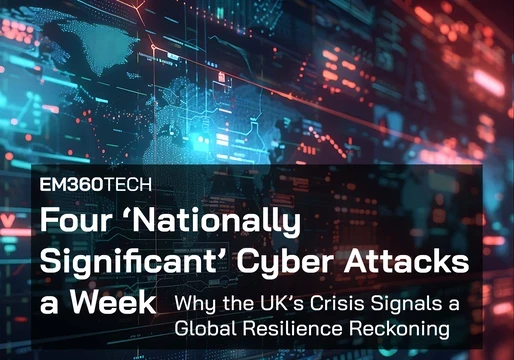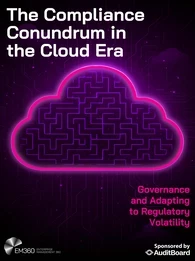
The Key to Cybersecurity is an Educated Workforce by Oliver Paterson, Product Expert at VIPRE Security Awareness Training and Safesend
The United Kingdom's National Cyber Security Centre (NCSC) handled a record number of cybersecurity incidents over the last year, a 20% increase in cases handled the year before. With the increasing number and more innovative nature of cyber attacks, businesses of all sizes must prioritise cybersecurity. However, the fundamental starting point of any organisation’s security infrastructure must be a trained and aware workforce, who understand their responsibility in keeping business data safe. Oliver Paterson, Product Expert, VIPRE Security Awareness Training and Safesend, explains.
Business Size Doesn’t Matter
Whether a business is a start-up or a larger corporate organisation, all companies are at risk of a cyber-attack. We often see million-pound enterprises on the news when they suffer from a data breach, such as Estée Lauder, Microsoft and Broadvoice. But, no organisation is too small to target, including small and medium-sized businesses (SMBs), who are the target for an estimated 65,000 attempted cyber attacks every day, according to new figures. Unfortunately, these types of businesses may not have the same infrastructure and resources in place to survive such attacks, as it is found 60% of small companies go out of business within six months of falling victim to a data breach or cyber attack.
No matter the size of an organisation, the effects of a cyber attack can be devastating financially, as well as having longer-term damage to business reputation. Small businesses remain at the same level of security risks as those which are larger, for example, Volunteer Voyages, a small single-owned organisation, did not deploy the right level of security and fell victim to $14,000 in fraudulent charges using its payment information. Similarly, the entrepreneur who owns Maine Indoor Karting accidentally clicked on a malicious email pretending to be from his bank warning him of unfamiliar activity, resulting in clearing out his account. Nevertheless, SMEs can safeguard their data and themselves from these types of attacks by investing in their cybersecurity and being conscious and informed of the threats they face.
Human Error
As the year-on-year number of cyber attacks continues to accelerate, hackers are also becoming more advanced and innovative in their tactics. They are able to spot weaknesses in workforces, particularly preying on those who are working from home as a result of the ongoing pandemic, away from their trusted IT teams. In fact, a recent survey found that 90% of companies faced an increase in cyber attacks during COVID-19.
It is no surprise that hackers use humans to their advantage, as according to data from the UK Information Commissioner’s Office (ICO), human error is the cause of 90% of cyber data breaches. Humans make mistakes – stressed, tired employees who are distracted at home will make even more mistakes. Whether it’s sending a confidential document to the wrong person or clicking on a phishing email, no organisation is immune to human error and the damaging consequences this can have on the business.
Yet, these risks can be mitigated by educating workforces on the modern threat landscape and the existing risks. Teamed with anti-malware solutions and technology, such as VIPRE’s SafeSend, employees can be alerted to double-check their email attachments and recipients, as well as any potentially malicious incoming emails.
Cybersecurity Training
Businesses cannot solely rely on digital tools to protect their operations, information and people. However, they cannot expect workforces to understand and identify existing threats, as well as avert them from taking place, without education. Particularly, small and micro-businesses lack the resources and knowledge to defend against an attack, with a concerning 81% of organisations not receiving any training on cybersecurity.
Without this cognisance, workforces cannot stay ahead of the persistently evolving threat landscape. It is therefore essential that businesses choose the correct training programmes to get the most value and retention out of this learning. While deploying an annual security awareness training programme may satisfy instant requirements, it does not equate to a continuous defence strategy for ever-changing threats.
The key considerations include the length of the programme, the level of engagement, having a variety of multimedia content and ensuring it is relevant and relatable to a global audience. Adding in real-life situations and intriguing employees with diverse content, including virtual reality and phishing simulations, helps to fortify crucial cyber threat prevention messaging and educates workforces on how to protect both the business and themselves. This, in turn, strengthens the workforce security culture, ensuring employees know what to do when faced with a cyber threat.
By working with a successful vendor, such as VIPRE, that has access to the appropriate security solutions and expertise, they can help CISOs create and foster a good security culture, making security part of the vision and values of everyone in the organisation.
A Responsible Workforce
Once workforces are trained and educated on the existing security risks, it is vital that they also understand their responsibilities when securing an organisation’s IT infrastructure. Traditionally, IT teams are often perceived to have a key role in ensuring the right security measures are in place, and it’s up to them to defend the business against hackers. However, this is not the case, particularly for SMBs who may not have a committed IT unit to rely on.
Especially now with dispersed workforces and social distancing restrictions in place, the help and support from those in IT is not so immediate. Now more than ever, the responsibility must be reinforced throughout the entire business. In order to combat imminent threats, employees who are on the front lines of the business’ cyber defence must understand that they have a key role to play in keeping data safe. After all, the final choice in sending sensitive information via email or downloading an external attachment is with them.
Forrester’s latest report re-iterates this, as it states that “Organisations with strong security cultures have employees who are educated, enabled, and enthusiastic about their personal cyber safety and that of their employer.” The combination of having a vigilant and empowered workforce, supported with regular training and innovative tools, allows businesses to benefit from a security-first initiative with an educated and responsible culture long-term.














Comments ( 0 )